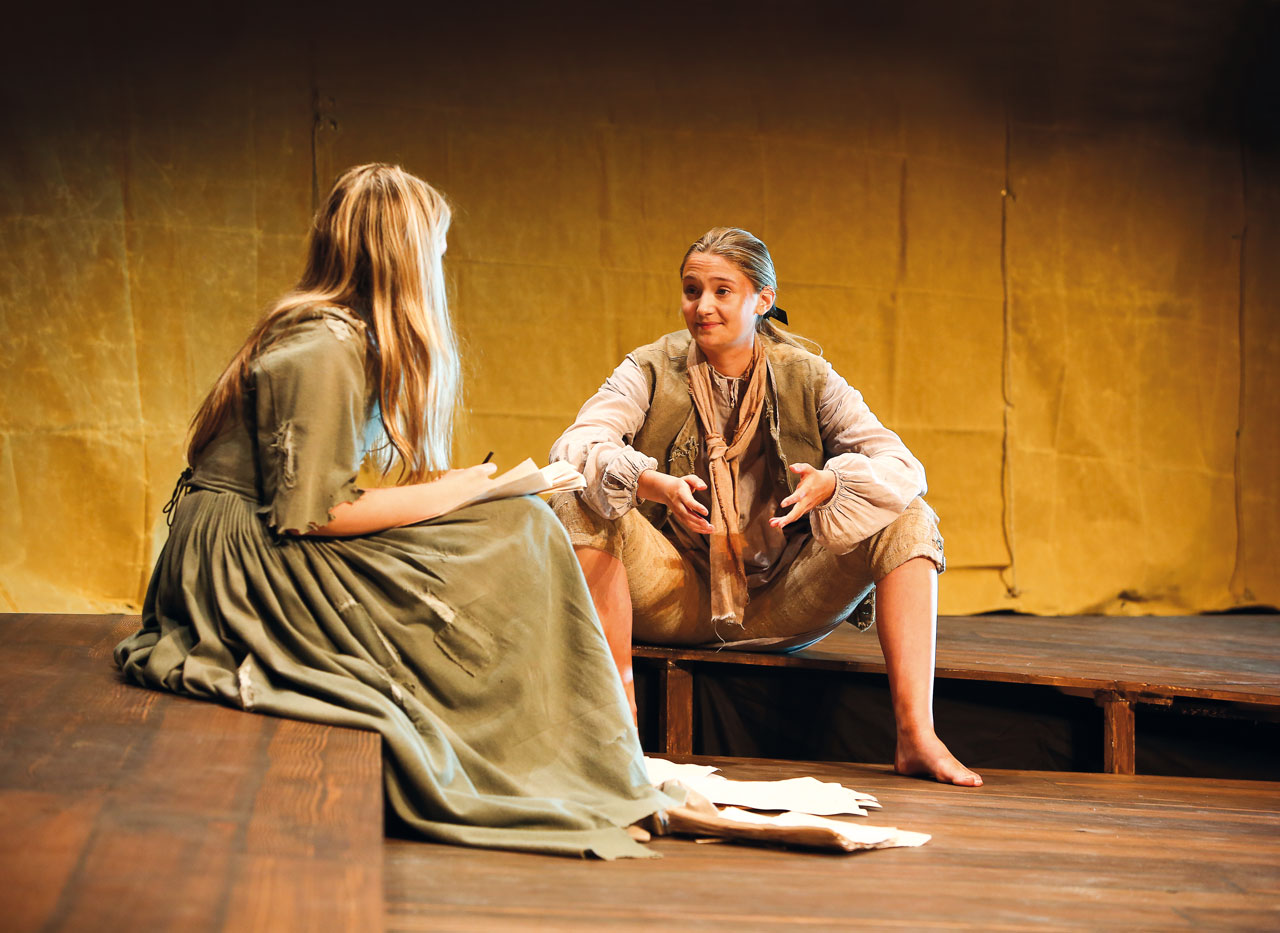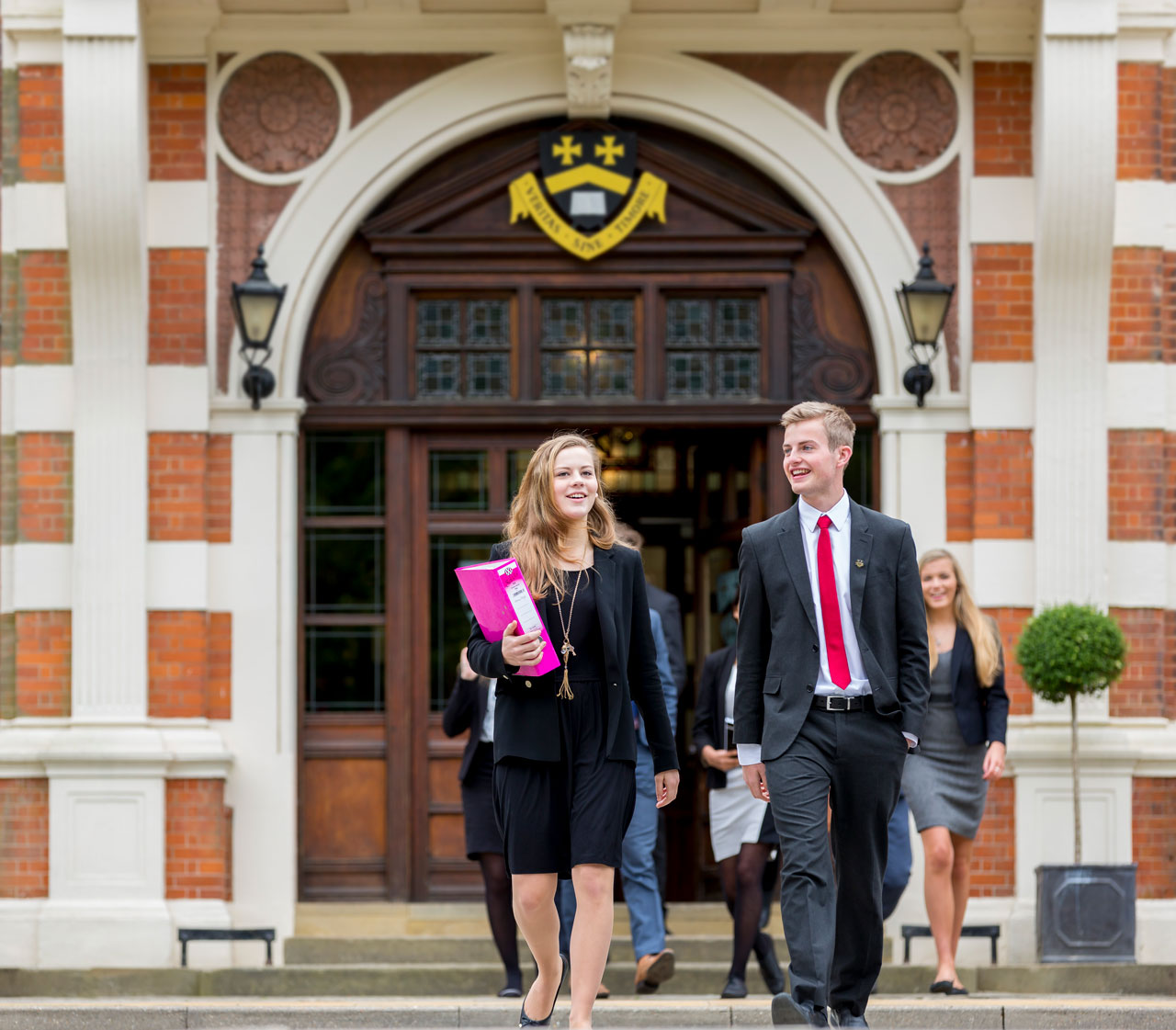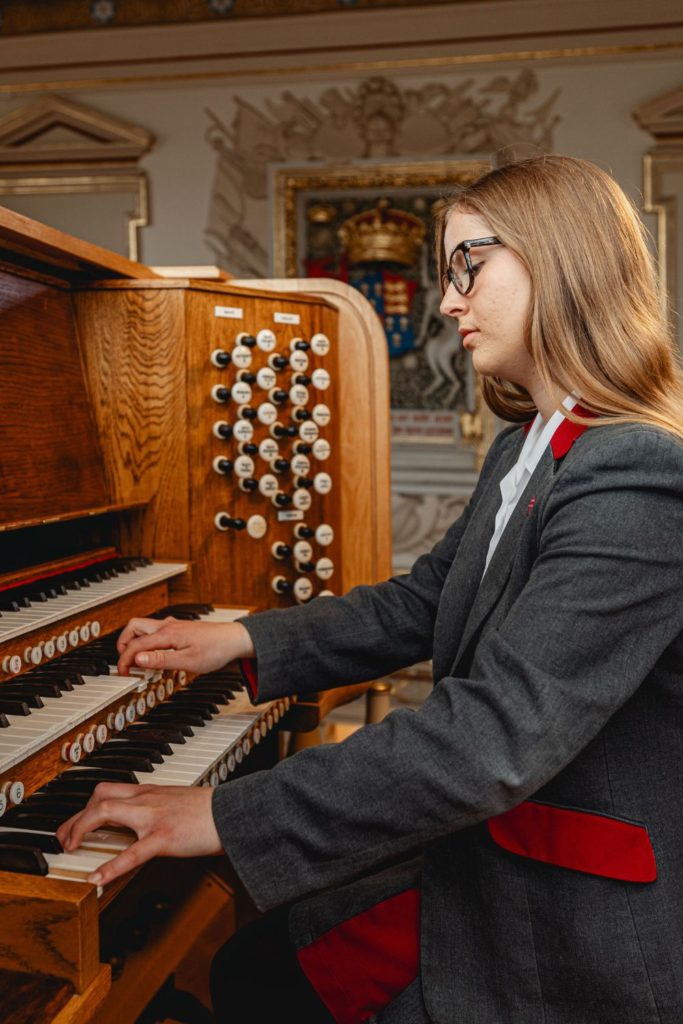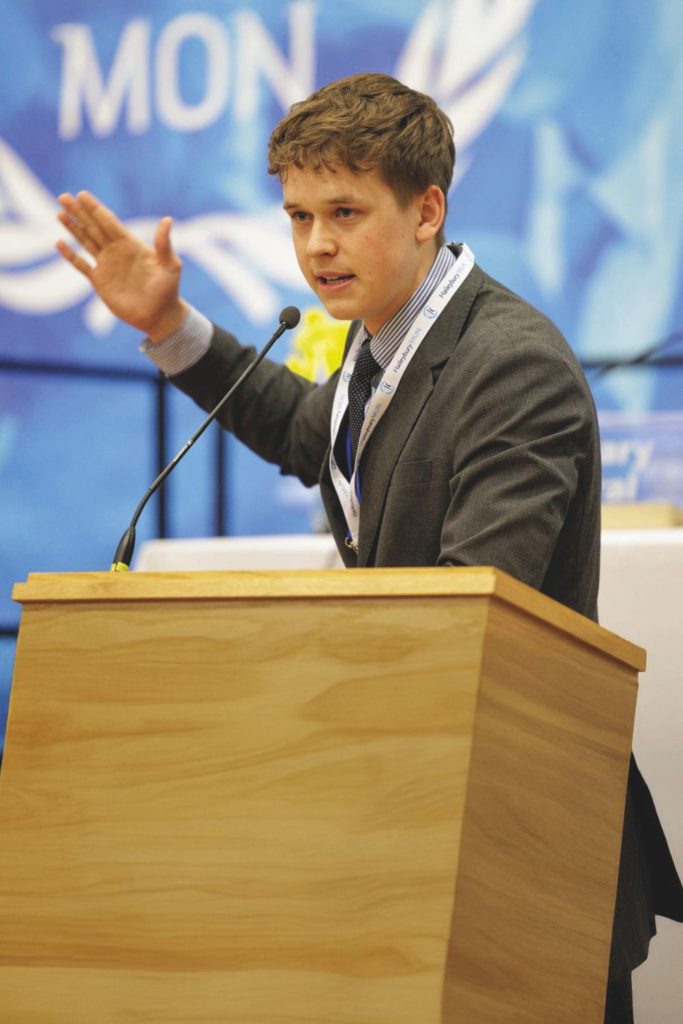Smart Schools
By
8 years ago
Max Davidson highlights some very clever schools that parents should be keeping an eye on

Eton, Harrow, Winchester… the best-known British schools have become such global brands, almost as familiar in Hong Kong and Singapore as they are in Kensington and Chelsea, that they are in danger of eclipsing less well-known competitors. But to anyone familiar with the educational landscape in this country, it is probably the strength in depth of the independent sector that is so remarkable. In fact, there are so many genuinely excellent schools – some long-established, others relative newcomers to the top flight – that parents in some areas are spoiled for choice.
Eton may be full or, at least, heavily oversubscribed and Winchester may be more academically daunting than ever. Ambitious parents wishing to send their daughters to Cheltenham Ladies’ College may have to compete with equally eager parents from the Far East, as they would not have had to do 30 years ago. But a good school is something much, much bigger than a good brand. It is a true centre of excellence, thriving under dynamic, innovative leadership.
‘It is a testimony to the diversity of choice in the independent sector that there are so many good single-sex schools that do not feel remotely hidebound or old-fashioned.’
Take Reigate Grammar School, in the heart of the Surrey commuter belt. A banker in Mumbai or New York would probably have to look up Reigate on a map. The town itself is unremarkable and hardly a fashionable address, but you only have to cast your eye over school league tables (whose importance can sometimes be exaggerated) to see that great things are happening there.
In 2016, it was the sixth-ranked co-ed independent day school in the A-level results table, with 94 per cent of pupils registering an A*–B. There was a further accolade in 2016 when the school was ranked ‘exceptional’ after an ISI inspection – the first co-ed day school in the UK to achieve this honour. And it is not resting on its laurels. In the pipeline is a new £8m Peter Harrison Foundation Learning Centre, a state-of-the-art, university-style library and resource area.
Caterham students are encouraged to be inquisitive, think for themselves and find their own way to solutions
But it is not technology or league tables that explain the Reigate success story, but something more fundamental: a belief that, as headmaster Shaun Fenton puts it, pupils need to be educated, not qualified. It is by no means an academic distinction. ‘The fact is that the pupils who arrive at the school have already been so well coached to Common Entrance level that they do not need three years to achieve top grade at GCSE,’ says Fenton, ‘so you need to find ways to broaden their minds during that period.’ Hence the school’s innovative three-year GCSE programme. Pupils embark on the GCSE syllabus as soon as they arrive but, in the margins of their studies, they are taught other subjects on which are not examined. Their ‘electives’ might range from sculpture or ceramics, to digital design or Mandarin: something that stimulates their imagination without forcing them to dance to the examiners’ beat.
It is a laudable objective and has found favour with Reigate parents, who resent over-rigid curricula as much as Fenton. ‘Most of our parents are hard-working professionals,’ he says. ‘I have yet to meet a self-declared oligarch. Reigate parents are instinctive meritocrats who like to see their children challenged.’
Fenton has just been elected Chairman of the HMC in 2018–2019, where he looks forward to promoting a holistic approach to education that does not let exam boards define the school curriculum. ‘That we need more good school places in this country, both in the state and independent sectors, is self-evident. I see other schools not as competitors, but as collaborators in the same great enterprise.’
Caterham School, only ten miles from Reigate, is another establishment looking confidently to the future. ‘Our parents treasure the ethos of a traditional English public school, founded on Christian principles,’ says headmaster Ceri Jones. ‘We are naturally proud of the fact that William Wilberforce was one of our first governors. But parents also choose Caterham because they know that we are a very forward-looking school, in the vanguard of the technological revolution that is sweeping education.’
Wilberforce would blink in astonishment if he were to walk into the school’s glitzy new innovation centre, which opened this year. It is conceived as ‘a common room for tech’, inducting pupils into a rapidly changing world in which they will have to learn to operate both on and offline, often simultaneously. All 890 pupils have their own iPad, making Caterham one of a small number of Apple accredited schools. That goes down well in countries such as China and Russia, which supply many of the school’s 165 boarders.
But technology is only part of the Caterham story. The keystone of its teaching is its innovative ‘learning to learn’ programme. Rather than being stuffed with facts, pupils are encouraged to think for themselves, ask questions and find their own way to the solution. ‘I am not interested in serried ranks of pupils with pencil and paper, taking notes,’ says Jones. ‘I prefer to see inspirational teachers lighting fires within pupils – fires that will be still be burning when they move on to university and the wider world.’
Caterham is now fully co-educational, having started life as a boys’ school. Many other long-established independent schools have taken the same route. But it is a testimony to the diversity of choice in the independent sector that there are so many good single-sex schools that do not feel remotely hidebound or old-fashioned.
Pupils at Lady Eleanor Holles are not just intelligent, but also well-rounded, thanks to LEH’s commitment to sport and extra-curricular activities
A good example is Lady Eleanor Holles School in Hampton, Middlesex. It dates back to the early 18th century, but its enviably large site almost has the feel of a modern American campus. It attracts bright day girls from all over south west London, bussed in from every corner, and has long appealed to the left-leaning intelligentsia as much as to more conservative parents. Those who have committed their daughters to its care include the late Sir Richard Attenborough, Sir Vince Cable and Jude Kelly, the artistic director of the Southbank Centre.
‘There is obviously no such thing as a typical parent,’ says head teacher Heather Hanbury. ‘But I am struck by how many of our parents are not fantastically rich, just intelligent professional couples, both working.’ Nearly a third of parents were not born in the UK, which gives the school an international feel.
Academically, the school is formidable, with around 20 per cent of the pupils going on to Oxbridge. But it is its commitment to sport which sets it apart from some other high-achieving schools. ‘We are very proud of our elite young sportswomen, whether they are lacrosse-players or rowers,’ says Hanbury. ‘We are also convinced that sport is good for girls who do not naturally excel at it. In fact, we are tweaking the timetable next year so that older girls get to spend more time on sport than they do at present.’
On the pastoral side, the stated aim at Lady Eleanor Holles is to produce girls who are ‘high-achieving without being neurotic’. The head acknowledges that ‘most girls have moments of panic at some point. What is vital is to encourage a culture where they are not afraid to seek help from their friends and teachers. There has to be candour and straight talking.’
What Lady Eleanor Holles offers in south west London, the North London Collegiate School offers in the north west of the city. Founded in 1850 by the famous educational pioneer, Frances Mary Buss, the NLCS started life in Camden and is now housed in impressively well-endowed premises in Edgware. Its aim remains what it has always been: to turn out bright, self-confident young women who want to make their mark in the world by developing and using their brains, in myriad different arenas. You never have to look too far down the league tables to find the school, whose graduates include Anna Wintour, Rachel Weisz and the poet Ruth Padel. In fact, it regularly claims the top academic spot.
‘Over 99 per cent of Haberdashers’ Aske’s Girls’ School pupils achieve A*–B at GCSE. It would probably be 100 per cent if some slacker had not put an apostrophe in the wrong place.’
Different schools appeal to different markets for slightly different reasons. It is always amusing to think of school-hunting parents getting to The Haberdashers’ Aske’s Boys’ School when going through the alphabet of schools. The correct uses of the apostrophe in one glorious mouthful! It is like a traditional English education in dotty miniature. But the school, and its sister girls’ school in Elstree, Hertfordshire, is yet another centre of academic excellence. Over 99 per cent of Haberdashers’ girls achieve A*–B at GCSE. It would probably be 100 per cent if some slacker had not put an apostrophe in the wrong place.
To name-check every independent school in the country, which is not necessarily a household name but is offering an outstanding education, would not be possible in a piece of this length. Others worth mentioning might include Merchant Taylors’ in Hertfordshire, Whitgift in Surrey, Tonbridge and Sevenoaks in Kent and Lancing and Brighton College in Sussex, to name just a few. But the important thing to note is that there are plenty of them – arguably more than at any time in the past.
This article was originally published in the AW17 issue of School House Magazine.
READ MORE: School Fees Explained | School Memories: An Unconventional Education at Bedales




